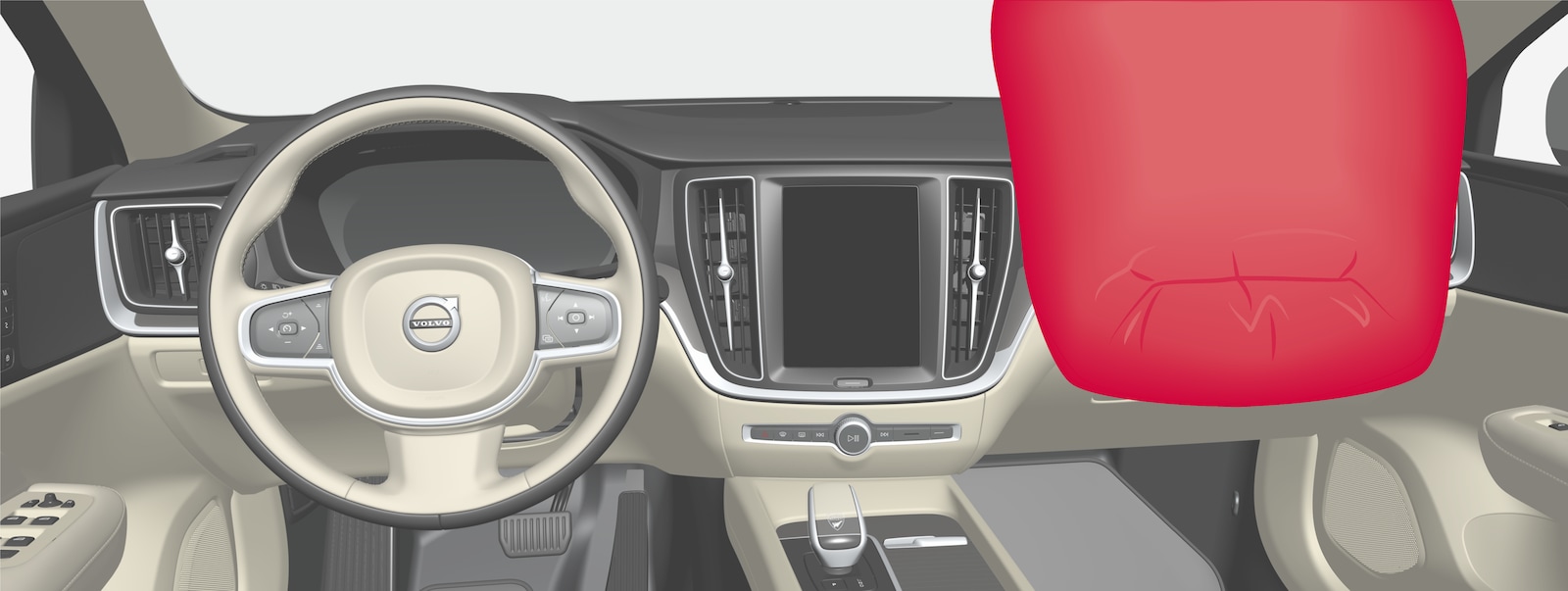Passenger dash airbags are a testament to the advancements in vehicle safety technology. They serve as a vital safeguard for front-seat passengers in the event of a frontal collision, significantly reducing the risk of injury. Understanding how these airbags work and their importance can help passengers make informed decisions to enhance their safety while on the road.
One of the most important innovations in vehicle safety is the air bag. They can save thousands of lives in a single crash. They can also cause serious injury to those in the vicinity. There are several styles of airbags. Some are mounted on the steering wheel, while others are integrated into the dashboard. Some are a bit more expensive to install than others.
The best way to find out is to ask your local dealer. They will know your vehicle by name and can give you a price quote. You can also do a quick online search. Most manufacturers have a parts list and can provide you with an accurate quote. BUY AIRBAGS is the place where you can find the best quality used undeployed airbags, prices are very affordable and the airbags are tested and inspected to ensure the safety.
Call Us: (571) 417-5717The passenger dash airbag is a critical component of modern vehicle safety systems, designed to protect the front-seat passenger during a collision. Positioned within the dashboard, this airbag deploys rapidly in the event of a crash, providing a cushion that reduces the risk of serious injuries. This comprehensive guide explores the functionality, benefits, types, maintenance, and considerations related to passenger dash airbags, emphasizing their essential role in occupant protection.
A passenger dash airbag, often simply referred to as a passenger airbag, is an inflatable safety device located in the dashboard of a vehicle, directly in front of the front passenger seat. Its primary function is to protect the passenger by absorbing impact forces during a frontal collision, thus reducing the risk of injury.
Standard Passenger Airbags - Standard passenger airbags are the most common type, found in the majority of vehicles. They deploy during moderate to severe frontal collisions to protect the passenger.
Advanced Passenger Airbags - Advanced passenger airbags feature more sophisticated deployment mechanisms that can adjust the inflation level based on factors such as the severity of the crash, the weight of the passenger, and their seating position. These airbags provide tailored protection and are often found in higher-end vehicles.
Dual-Stage Airbags - Dual-stage airbags deploy in two stages, depending on the severity of the collision. In a minor crash, they deploy partially to provide adequate protection without causing injury from the airbag itself. In more severe collisions, they deploy fully to maximize protection.

Activation Mechanism - Passenger dash airbags are part of the vehicle’s overall airbag system, which includes various sensors that detect changes in speed, impact forces, and other collision-related parameters. When a severe frontal collision is detected, these sensors send a signal to the airbag control unit (ACU), which then triggers the deployment of the passenger airbag.
Deployment Process - The deployment process involves several key steps:
Enhanced Passenger Protection - The primary benefit of passenger dash airbags is the enhanced protection they provide for the front-seat passenger. By cushioning the impact and distributing force more evenly, these airbags significantly reduce the risk of severe injuries to the head, neck, and chest.
Complementary Safety System - Passenger dash airbags work in conjunction with other safety systems, such as seat belts and side airbags, to provide comprehensive protection. This integrated approach ensures that all occupants receive the highest level of safety during a collision.
Reduction in Injury Severity - Studies have consistently shown that vehicles equipped with passenger dash airbags experience fewer and less severe injuries among front-seat passengers during frontal collisions. This reduction in injury severity is a crucial factor in improving overall vehicle safety ratings.
Regulatory Compliance- In many regions, the inclusion of passenger dash airbags is mandatory for new vehicles to comply with safety regulations. These airbags help manufacturers meet safety standards and contribute to higher safety ratings for their vehicles.
Are passenger dash airbags the same as driver-side airbags?
No, while they serve a similar purpose, passenger dash airbags are designed to protect the front-seat passenger, whereas driver-side airbags are for the driver. They are separate components in the vehicle's safety system.
Can a passenger dash airbag be disabled?
Some vehicles have a switch that allows the passenger airbag to be turned off, primarily for situations like installing a rear-facing child seat. However, it's essential to follow the manufacturer's guidelines regarding airbag deactivation.
Are there risks associated with passenger dash airbags?
While airbags are crucial for safety, improper positioning or sitting too close to the dashboard can increase the risk of injury when the airbag deploys. It's essential for passengers to sit back from the dashboard and use seat belts correctly.